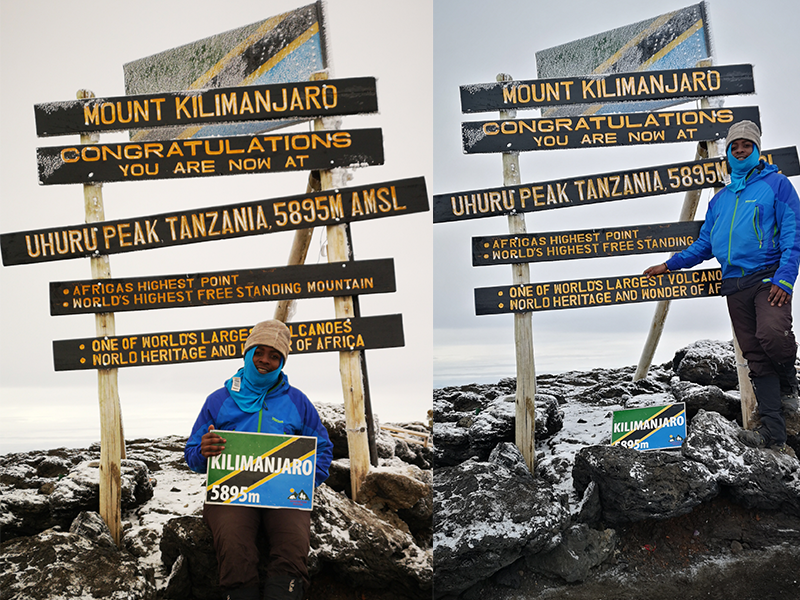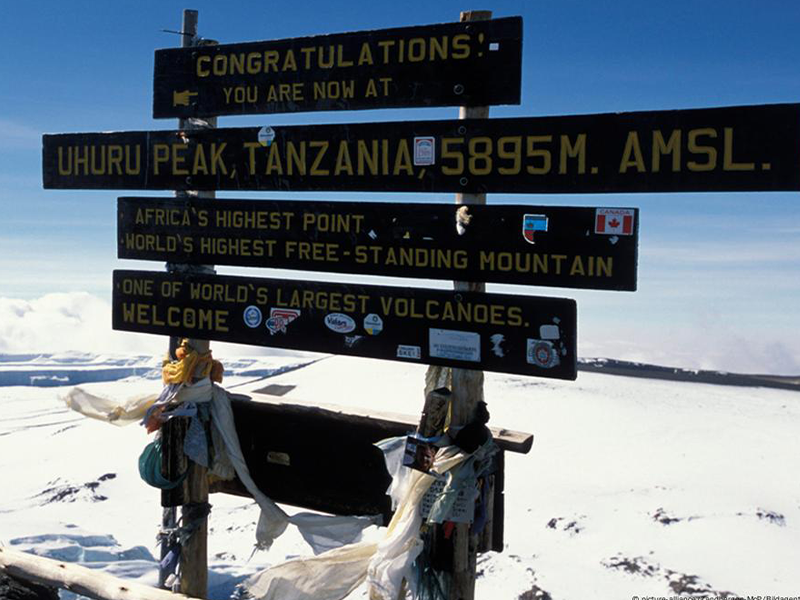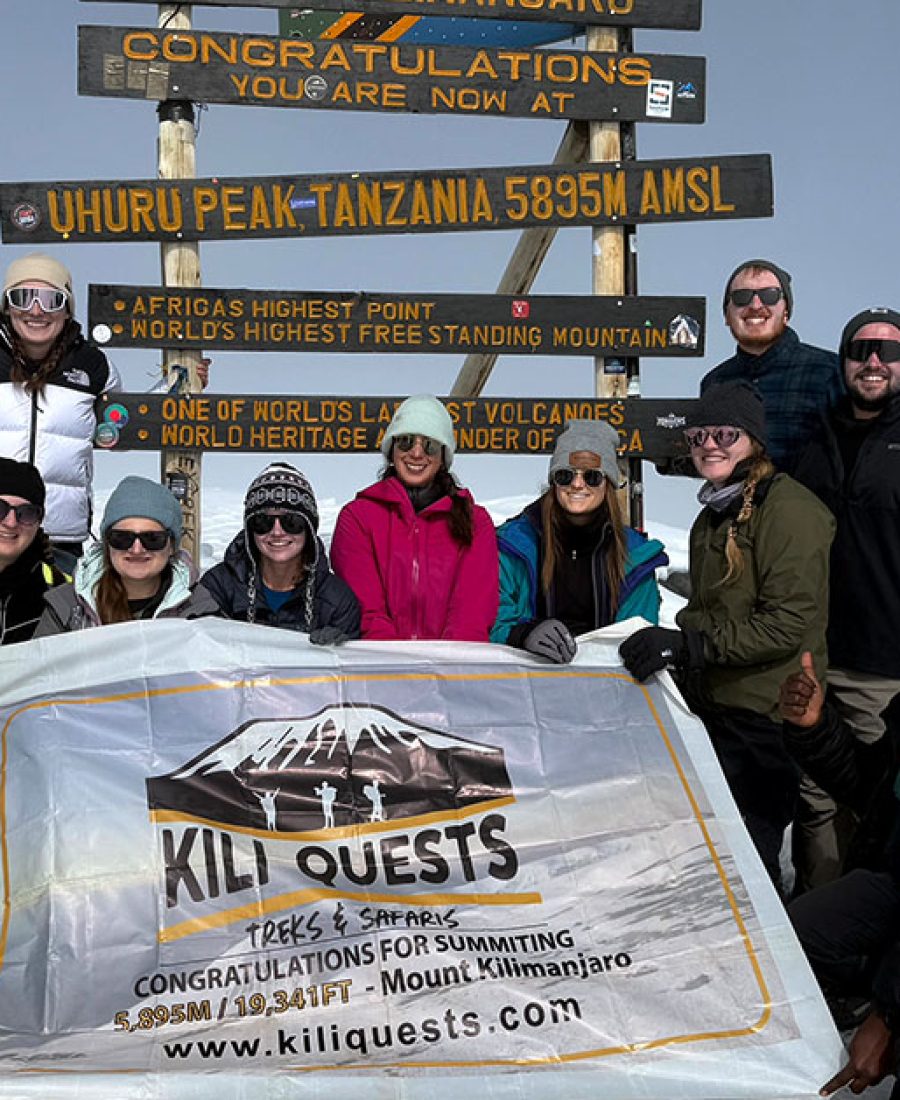
Kilimanjaro’s Ecological Zones & Altitude Guide Explained
Table of Contents Mount Kilimanjaro’s Ecological Zones Explained | Kili Quests Mount Kilimanjaro is not only Africa’s tallest peak — it’s a vertical world




Table of Contents Mount Kilimanjaro’s Ecological Zones Explained | Kili Quests Mount Kilimanjaro is not only Africa’s tallest peak — it’s a vertical world

Table of Contents Kilimanjaro Myths, Spirits & Tribes: Chagga, Maasai & Pare | Kili Quests Mount Kilimanjaro is not only Africa’s tallest peak —

Table of Contents Who Was Hans Meyer? The First Ascent of Kilimanjaro | Kili Quests In 1889, a German geographer named Hans Meyer became
@2025 Kili Quests. All rights reserved.